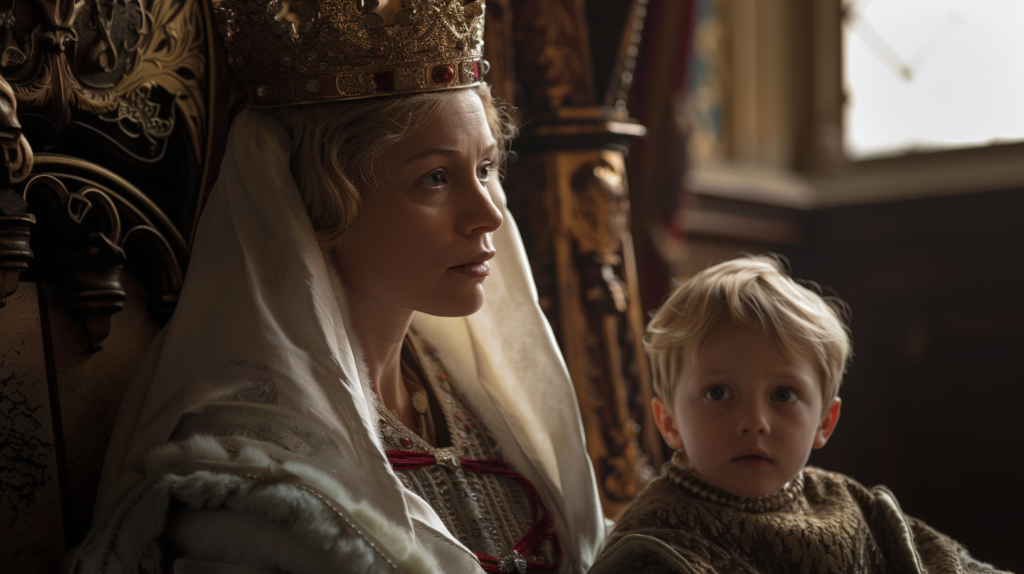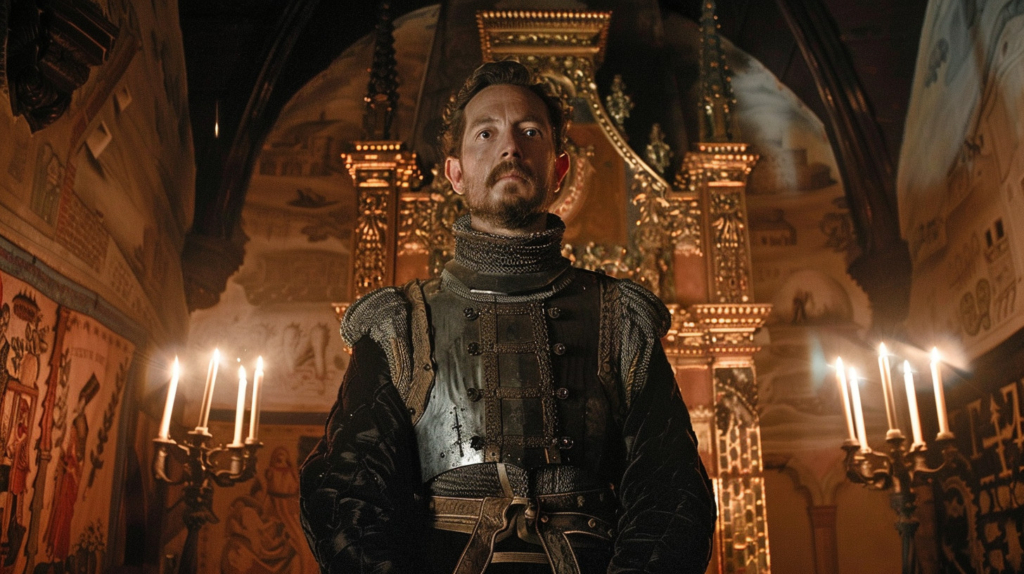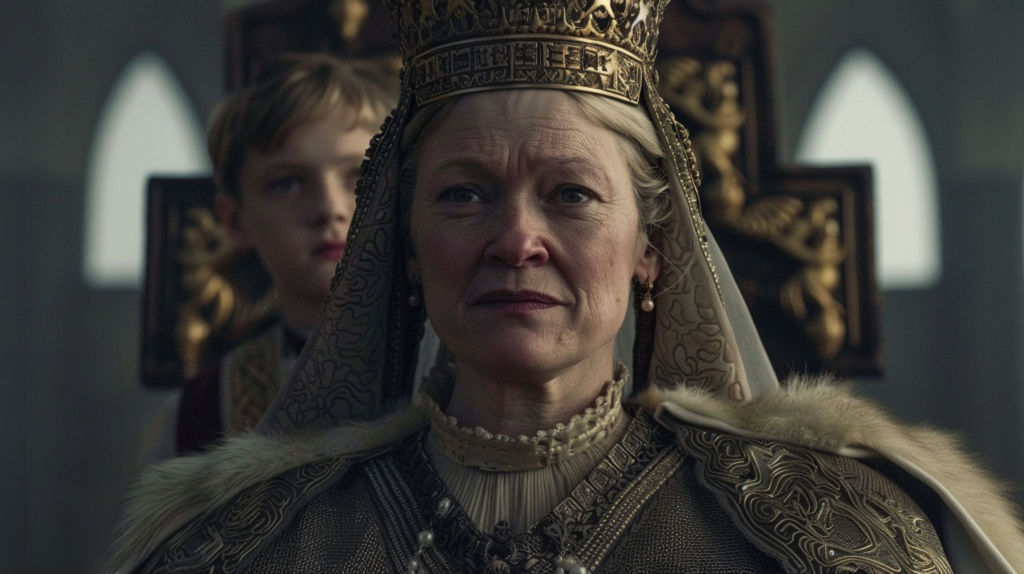In Medieval history, most women played subordinate roles, appearing mostly as mothers, wives or daughters, in the shadow of men. But of course there are exceptions. One such exception in the Nordics is Queen Margrete. She was indeed the daughter of one king, the wife of another and the mother of a third. But she was more than that. She stepped out of their shadow and took command.
Margrete was born in 1353, daughter of King Valdemar Atterdag of Denmark. When she was only ten years old, she was married to King Håkon of Norway. At 16, she gave birth to her first and only child, Olav. But her story doesn’t get really interesting until 1375, when her father died.
Margrete had an older sister, who was already dead at this time. But the sister had a son, Albrekt Duke of Mecklenburg, who expected to inherit the Danish crown. Margrete had other plans.

She managed to get the Danish Privy Council to elect her son as king instead. Olav was only five years old, so in reality it was Margrete who took power.
Albrekt was understandably upset by this, and together with the county of Holstein – which had long been enemies of Denmark – prepared to attack.
What Margrete was expected to do in this situation was to hire expensive mercenaries, which would be paid for through increased taxes. But she chose a different path.
The counts of Holstein had long claimed Schleswig, an area in Southern Jutland. In order to avoid war, she voluntarily ceded the entire area, which not only avoided a war with Holstein but also gave her allies in the fight against Mecklenburg.
Queen Margrete’s husband, King Håkon of Norway, died in 1380. Her ten-year-old son then became king of Norway as well, and once again Margrete became regent. She now ruled two of the three Nordic kingdoms. But she had even higher ambitions.

Sweden’s king was called Albrekt “of Mecklenburg” – however NOT the same Albrekt that she previously outmaneuvered from the Danish throne. This Albrekt sat on the throne of Sweden because he was the nephew of the former king Magnus Eriksson.
However, Margrete’s late husband had been Magnus Eriksson’s son, and she therefore thought that her son Olav – as the grandson of the former king – had a greater claim to the Swedish crown. She began calling him ”the true heir of Sweden”.
When the nobility began to be dissatisfied with Albrekt’s policy, Margrete managed to arrange a meeting in 1387 where they proclaimed Olav king. But then, so close to complete triumph, a disaster occurred – her 16-year-old son suddenly fell ill and died. The very basis of her power was gone.
But Margrete quickly recovered from the disaster. Just a week after her son’s death, she visited the peasant’s national council in Lund, where she was proclaimed “Sovereign Lady and Mistress and the Guardian of the Danish realm”. The following year, she was elected regent in both Norway and Sweden.
The deposed King Albrekt of Mecklenburg and his son Erik went to Germany and gathered a large army of mercenaries. Once again war was looming. And this time Margrete wouldn’t be able to buy peace.
But once again, she took a different path than what was expected of her. Instead of hiring expensive mercenaries, she assembled an army of free men from the three Nordic kingdoms. When they faced Albrekt’s troops on February 24, 1389, it was the first time that men from the Nordic countries fought side by side against a common enemy.

Margrete’s forces emerged victorious, and she was now the undisputed ruler of the three kingdoms. She adopted her niece’s son Bogislav, changed his name to Erik, and made him her heir. The threat from the Mecklenburgers remained, and in 1397 Margrete achieved what had long been her goal: a union between Sweden, Denmark, and Norway, the so-called Kalmar Union.
The countries would continue to be independent kingdoms – but under the same king – and enter into a common defense pact. If one country was attacked, the others would come to its aid. Her adopted son Erik (“of Pomerania”) was crowned king of the three Nordic kingdoms, but it was Margrete who held the real power.
There is much more to tell about Margrete, but we will leave her here – at the height of her power. The little princess who was married off as a child had, through cunning, diplomacy, and eventually military force, united the three Nordic countries.
In the next post, we will see how her creation – the Kalmar Union – which began to crack almost immediately after her death in 1412, eventually faced its dissolution in the 1520s. And once again, a woman played a decisive role…
Sources:
Linton, Michael. Margareta Nordens drottning 1375 – 1412. (1997)
Skantze, Margareta. Drottning Margaretas historia. (2015)

